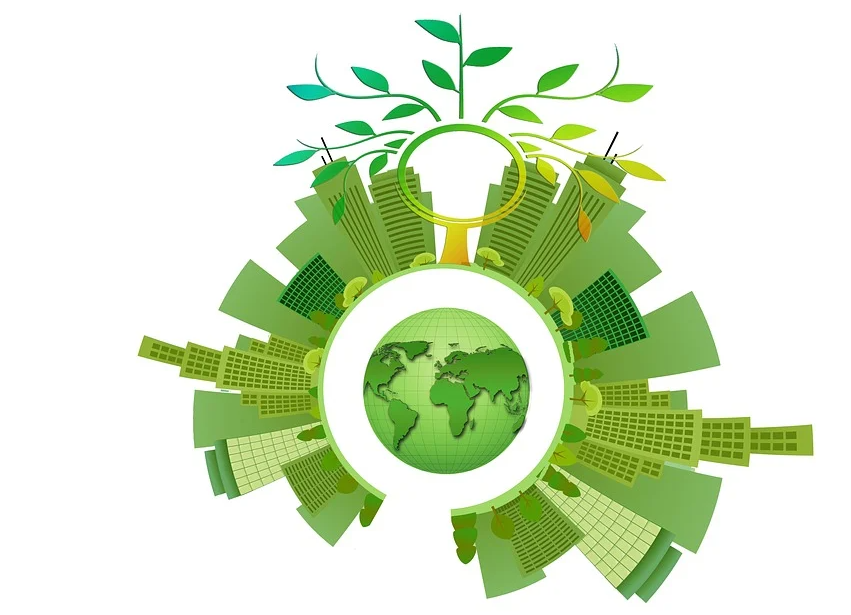
By: Eric Koua, Renewable and Fossil Fuel Energy Expert, Côte d’Ivoire
Due to its geographical position on the earth, Africa has all the sources of renewable energy in quantities unevenly distributed from one country to another allowing it to meet all these energy needs. This article presents the different renewable energy sources according to the capacity of the installed power.
In Africa, like everywhere in the world, dependence on energy is growing. Energy is essential to meet basic human needs for food, access to water, transport, communication, and many other vital services.
Renewable energy according to Wikipedia is useful energy that is collected from resources called renewables on a global scale, which means they are naturally replenished on a human timescale, like, hydraulic, solar, wind, biomass, tides, waves, and geothermal. The term often also encompasses biomass as well, whose carbon neutral status is under debate. This type of energy source stands in contrast to fossil fuels such gas, oil and coal [1].
Regarding this last source of energy, the first modern oil well was drilled in Pennsylvania along Oil Creek, up the road from where Dr. Alley lives, in 1859. Since that time, they are being used far more quickly than they are being replenished [2]. However, because of the impacts of this energy source on the environment, the world is now turning to more sustainable sources, namely renewable energies. The fifth report of the Intergovernmental Panel on Climate Change [3] and the report of the International Energy Agency [4] are clear: “the use of fossil fuels is incompatible with the fight against climate change and the planet’s carbon budget. Stabilizing global warming below 2° C requires leaving 2/3 of our fossil fuel reserves untouched”.
Renewable resources appear as the sustainable energy solution of this industrialized air in order to reduce the dramatic consequences on our environment and to promote life on earth for the next generations. Thus, we analyze below the renewable resources available on the continent by installed capacity.

Hydroelectric power is by far the first primary renewable resource exploited. The advantages of this resource are its availability, its efficiency and the proven conversion technology into secondary energy easily exploitable by users. The major disadvantage of this resource in Africa is the fluctuation in the availability of the water resource which is increasingly influenced by climate change through rainfall.
In addition, with the increase of the African population, energy needs have also increased. How has the consumption of renewable resources increased over the past 10 years? Has progress been made in the field of renewable energies?

Indeed, the installed capacity of renewable energies has changed over the past ten years regarding this figure 2. Apart from geothermal and biomass energy, whose capacities have remained stagnant for nearly six years, the other main sources of renewable energy have seen their capacity doubled or even tripled.
In addition, the share of renewable energies in the generation of electricity is increasing every year. However, the efforts to improve this share in the energy mix of each country remain to be done to achieve energy independence.
In our next issue, we will analyze the variations in the evolution of the installed capacity of these main renewable energy sources.
References
[1] Wikipedia, 2021. Renewable energy. https://en.wikipedia.org/wiki/Renewable_energy
[2] Alexander Starbuck, 1878. The History of the American Whale Fishery, Seacaucus, N.J. 1878,
reprinted 1989.
[3] IPCC, 2013: Global warming of 1.5 ° C. Intergovernmental Panel on Climate Change.
[4] IEA, 2012: World Energy Outlook 2012 – Analysis. International Energy Agency.
[5] IRENA, 2021: International Renewable Energy Agency (IRENA): Renewable capacity statistics
2021. Report in English, French, Spanish. 64 pages.


1 comment on “Renewable energy installed capacity in Africa”